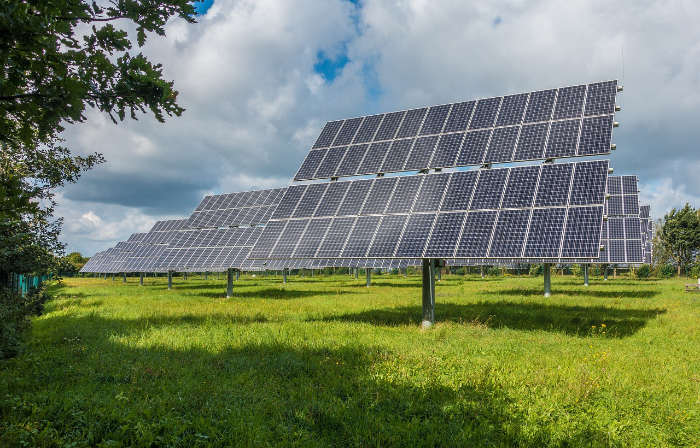Silver Production by Country 2025
- Data is represented in metric tons, also known as a tonne.
- One metric ton = 1,000 kg, or roughly 2,204.6 lbs.
- In addition to the countries listed, the rest of the world produced an estimated 3,000 tonnes of silver in 2023 and 2,940 in 2022.
Silver is a chemical element with the symbol Ag and atomic number 47. It has the highest electrical conductivity, thermal conductivity, and reflectivity of any metal. Silver is a relatively soft, white, shiny metal that can be found in Earth’s crust in its pure elemental form, as an alloy with gold and other metals, and in minerals like argentite. It is mostly extracted from lead-zinc, copper, gold, and copper-nickel ores and a by-product of mining for these metals.
Silver is a precious metal and has several uses. Sterling silver, which is 92.5% silver, is used for jewelry and silver tableware. Thanks to its reflectivity, silver is also used to make mirrors. The metal also has uses in photography and x-ray films, as silver bromide and iodide have a high sensitivity to light. Silver salts are still used in digital photography to produce high-quality images. Other uses include solar panels, water filtration, ornaments, electrical contacts and conductors, and as a colorant in stained glass.
Silver is also used in currency many bullion coins, sometimes with gold. It has also been regarded as a store of value for more than 4,000 years. The silver standard is a monetary system in which the national currency is backed by physical silver. The silver standard allows units of the national currency to be converted into units of silver at a fixed exchange rate. The purpose of the silver standard is to ensure a national currency’s purchasing power is maintained. The silver standard has been abandoned by all countries that used it, ending with China and Hong Kong who rid of the system in 1935. All countries switched to the gold standard, which was later abandoned by most countries later in the 20th century.
The Silver Institute contributes to the United Nations’ Sustainable Development Goals by responsibly producing silver, which can be used in renewable energy and electric vehicles. The metal also has anti-bacterial properties that can be used in water treatment, medical applications, and textiles.
Worldwide Silver Production
The estimated global silver production in 2019 was about 27,000 metric tons. According to the Silver Institute, the global mine production fell for the fourth year in a row in 2019 by 1.3% and primary silver production declined by 3.8%. The largest declines were in Peru, followed by Mexico and Indonesia. Some countries, however, saw increases in production, such as Argentina, Australia, and the United States.

























